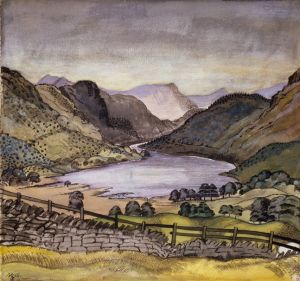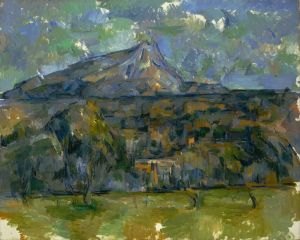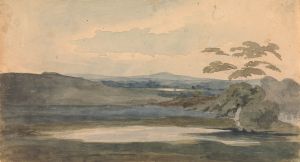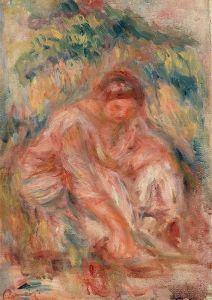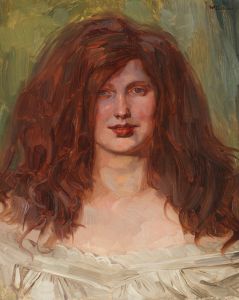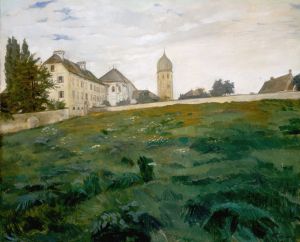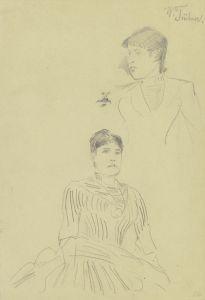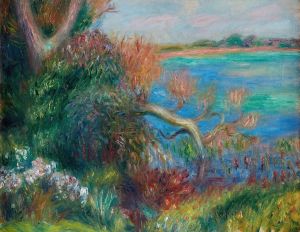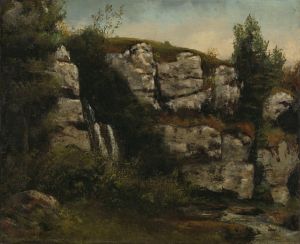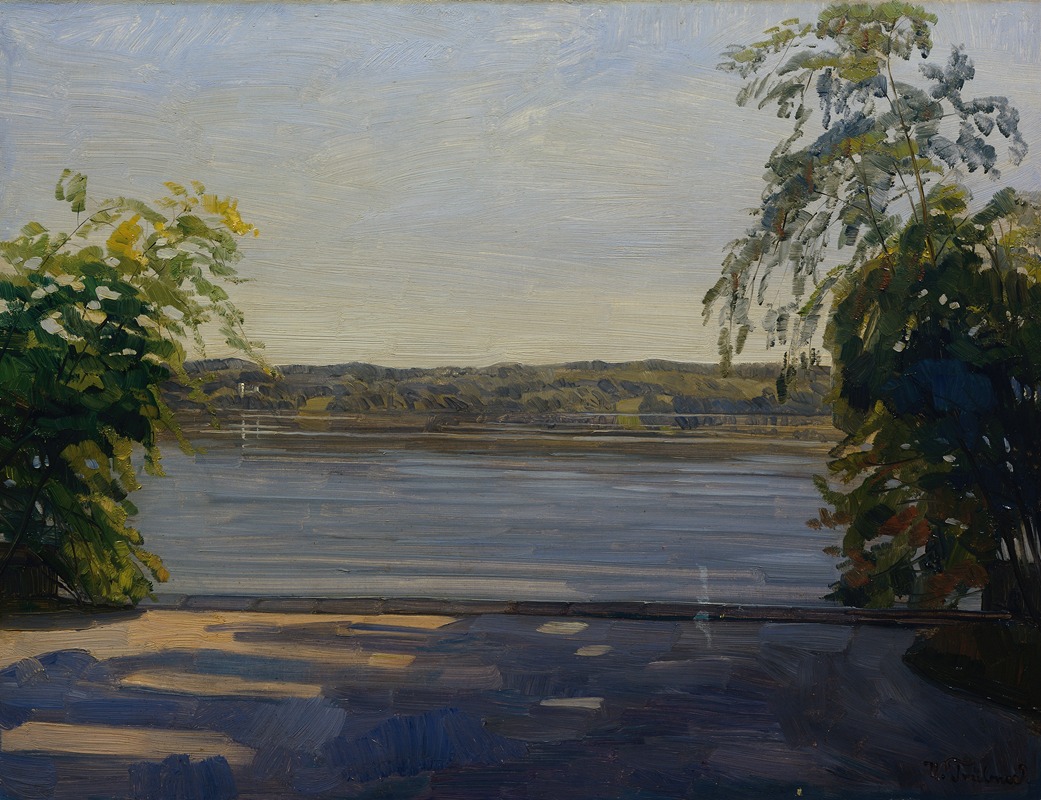
Starnberger See
A hand-painted replica of Wilhelm Trübner’s masterpiece Starnberger See, meticulously crafted by professional artists to capture the true essence of the original. Each piece is created with museum-quality canvas and rare mineral pigments, carefully painted by experienced artists with delicate brushstrokes and rich, layered colors to perfectly recreate the texture of the original artwork. Unlike machine-printed reproductions, this hand-painted version brings the painting to life, infused with the artist’s emotions and skill in every stroke. Whether for personal collection or home decoration, it instantly elevates the artistic atmosphere of any space.
Wilhelm Trübner's Starnberger See is a painting created by the German artist in 1875. Trübner, a prominent figure in the German realist movement, was known for his ability to capture natural landscapes with a focus on light, texture, and atmosphere. This particular work depicts Lake Starnberg (Starnberger See), a large and picturesque lake located in Bavaria, Germany, which has long been a source of inspiration for artists and writers.
The painting reflects Trübner's characteristic style, which was influenced by the realism of the Düsseldorf School and the naturalistic tendencies of the Munich School. His approach often emphasized the interplay of light and shadow, as well as the subtle tonal variations in nature. In Starnberger See, Trübner captures the tranquil beauty of the lake, with its calm waters and surrounding landscape rendered in a harmonious palette. The composition is marked by its simplicity and focus on the natural environment, devoid of excessive detail or narrative elements, which allows the viewer to immerse themselves in the serene atmosphere of the scene.
At the time of its creation, Trübner was part of a broader movement in European art that sought to move away from the idealized romanticism of earlier periods and instead focus on the truthful representation of the world. His work, including Starnberger See, demonstrates his commitment to this philosophy, as he sought to depict the lake and its surroundings with authenticity and precision.
Lake Starnberg itself holds historical and cultural significance in Bavaria. It is located approximately 25 kilometers southwest of Munich and has been a popular destination for recreation and artistic inspiration. The lake is perhaps most famously associated with the mysterious death of King Ludwig II of Bavaria in 1886, although this event occurred more than a decade after Trübner painted Starnberger See.
Today, Wilhelm Trübner's works, including Starnberger See, are appreciated for their contribution to 19th-century German art and their role in the development of realism. The painting is an example of Trübner's ability to convey the quiet majesty of nature, and it continues to be studied and admired for its artistic and historical value. Specific details about the current location or ownership of Starnberger See are not widely documented.





